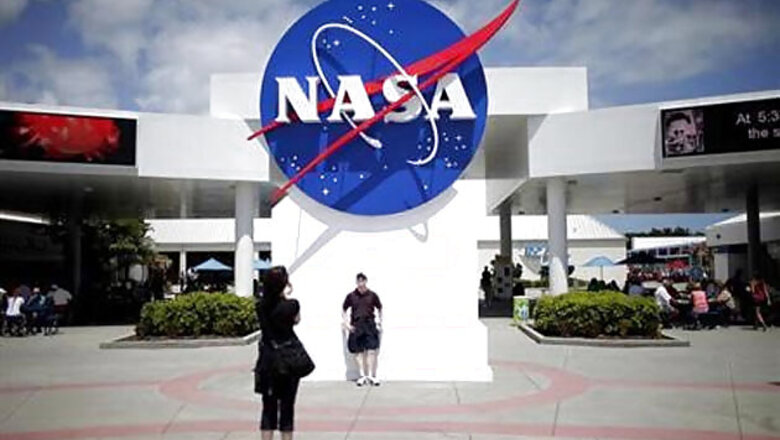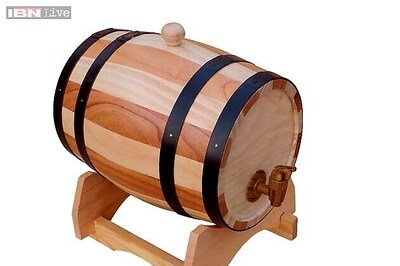
views
Two weeks after India successfully launched its maiden Mars mission, America's NASA has launched a new spacecraft to orbit the Red Planet to probe how it lost its atmosphere and abundant liquid water.
The spacecraft Mars Atmosphere and Volatile Evolution (MAVEN) was launched from the Cape Canaveral Air Force Station in Florida. The spacecraft separated from an Atlas V Centaur rocket's second stage 53 minutes after launch. The solar arrays deployed approximately one hour after launch and currently power the spacecraft.
MAVEN now is embarking on a 10-month interplanetary cruise before arriving at Mars next September, NASA said. "MAVEN joins our orbiters and rovers already at Mars to explore yet another facet of the Red Planet and prepare for human missions there by the 2030s," NASA Administrator Charles Bolden said.
"This mission is part of an integrated and strategic exploration program that is uncovering the mysteries of the solar system and enabling us to reach farther destinations," he said.
In the next four weeks, MAVEN will power on and check out each of its eight instruments. Upon arrival at Mars in September, the spacecraft will execute an orbit insertion manoeuvre, firing six thrusters that will allow it to be captured by Mars' orbit.
In the following five weeks, MAVEN will establish itself in an orbit where it can conduct science operations, deploy science appendages and commission all instruments before starting its one-Earth-year scientific primary mission.
"After 10 years of developing the mission concept and then the hardware, it's incredibly exciting to see MAVEN on its way," said Bruce Jakosky, principal investigator at the University of Colorado Boulder's Laboratory for Atmospheric and Space Physics (CU/LASP) in Boulder, Colorado.
"But the real excitement will come in 10 months, when we go into orbit around Mars and can start getting the science results we planned," he said.
NASA said MAVEN is travelling to Mars to explore how the Red Planet may have lost its atmosphere over billions of years. By analysing the planet's upper atmosphere and measuring current rates of atmospheric loss, MAVEN scientists hope to understand how Mars transitioned from a warm, wet planet to the dry desert world.
"The team overcame every challenge it encountered and still kept MAVEN on schedule and on budget," said David Mitchell, MAVEN project manager at NASA's Goddard Space Flight Centre in Greenbelt, Maryland. "We're currently about 14,000 miles away from Earth and heading out to the Red Planet right now," he said.
India's ISRO launched its Mars mission called Mangalayan on November 5. It aims to study Mars atmosphere and geology. "Its main goal, though, is proving the technological chops of India's homegrown space industry," Scientific American reported.
The spacecraft will arrive at the Red Planet on September 22, 2014, and slip into an elliptical orbit ranging from a low of 93 miles above the surface to a high of 3,728 miles.
It also will take five "deep dips" during the course of the mission, flying as low as 77 miles in altitude and providing a cross-section of the top of the atmosphere. MAVEN is an eight-foot cube weighing about 5,400 pounds at launch as much as a fully loaded sport utility vehicle.
With its twin pairs of gull-wing-shaped solar panels extended, it stretches 37 feet from wingtip to wingtip. The spacecraft is outfitted with a trio of instrument suites. The Particles and Fields Package, built by the University of California at Berkeley Space Sciences Laboratory, contains six individual instruments that characterise the solar wind and ionosphere of the planet.
The Remote Sensing Package, built by LASP, will determine global characteristics of the upper atmosphere and ionosphere. The Neutral Gas and Ion Mass Spectrometer, built by NASA's Goddard Space Flight Centre, will measure the composition and isotopes of neutrals and ions.




















Comments
0 comment